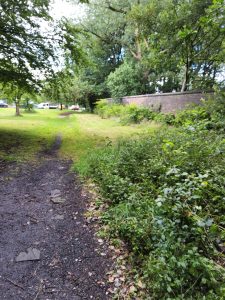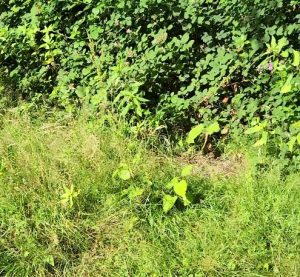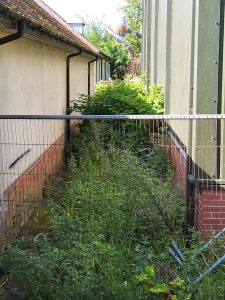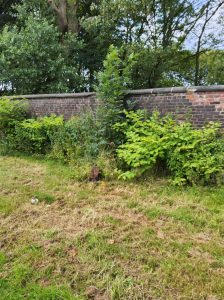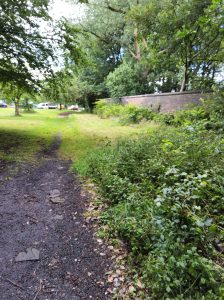Location
Heaton Park is the largest municipal park in Europe and receives approximately 2.6M visitors a year and covers more than 600 acres.
Heaton Park is a historic area on the edge of Manchester with all the attractions offering a full day out for all ages. Visitor areas include children play areas, cafes, an animal Centre, Tram Museum with tram rides around the park, bowling greens, 18-hole golf course, a boating lake and horse-riding facilities to name just a few.
There is a water treatment works at Heaton park and water resources come from as far as the Lake District to be channelled and managed appropriately. The Manchester Tram service with Metrolink also runs through the park, most of it underground and to and from Bury.
The first ever Grand National was held in Heaton Park. The Second Earl of Wilton established Heaton Park Races in 1827 which ran there until 1838 before being moved to Aintree where the Grand national has been held ever since. The famous jump ‘Beechers Brook’ originates from Captain Beecher who famously fell and took refuge in the brook out of harm from jumping horses. Captain Beecher also won the most prestigious race at Heaton Park, the Heaton Gold Cup in 1837 riding ‘Cowboy’ and in 1838 riding Lord Wilson’s horse ‘Jagger’.
The park also has a fairly vast events programme that takes place each year including outdoor concerts, dramas and plays. The park is home to Heaton Hall, with its beautifully restored interiors to get a taste of the 18th-century, with a collection of furniture, musical instruments and occasional recitals in the Music Room.
Activities include guided walks, orienteering, rowing boats, tram rides and beekeeping, and the largest event to date was a visit by Pope John Paul II in 1982.
Japanese Knotweed / Giant Japanese Knotweed
Information
Japanese knotweed has been identified in 100 areas of the park.
Many areas located inside the boundary of the park with knotweed protruding from a main external wall, along difficult to get to areas, on the golf course and many other areas.
One area affected by Japanese Knotweed is a large area of woodland classified as a Site of Biological Importance (SBI) by Greater Manchester Ecology Unit (GMEU), known as Bluebell Wood.
Risks
Japanese Knotweed is the UK’s No.1 Invasive species and if left will grow exponentially. It has no natural predators here in the UK, it is incredibly resilient, and it can ‘re-grow’ even after you remove or treat visible growth. Japanese knotweed’s underground rhizomes (roots) can grow to a depth of 3 meters and a width of 7 meters.
As Japanese Knotweed grows rapid and tall, it tends to block out sunlight from lower height plants which then die off allowing the knotweed free and unrestricted growth where it rapidly expands and can take over vast areas very quickly.
Solution
Thermo-electric eradication is new to the UK, albeit this technology has been used on a wide scale across Europe for decades and has proven itself in virtually all types of applications including Japanese Knotweed and many invasive plant species and general weed control including within an agricultural setting.
Unlike herbicidal treatments which in many cases only controls the growth of Japanese Knotweed and reduces the visual display of the knotweed above ground and tends to send the rhizomes into dormancy, thermo-electric treatment delivers up to 5000 volts directly to the stems and crowns of the knotweed, which travels throughout the extensive rhizome roots and effectively boils the weed inside out, destroying its cell structure and making it impossible to regrow.
Thermo-electric applications are made directly to the knotweed, which does not affect any other local flora and is safe for small animals and all other plants and of course the eco-system.
Given the true nature of Heaton Park thermo-electric delivery poses none of the risks associated with chemical treatment, and is suitable for all areas affected by Japanese Knotweed, even more so to the site of Biological importance.


